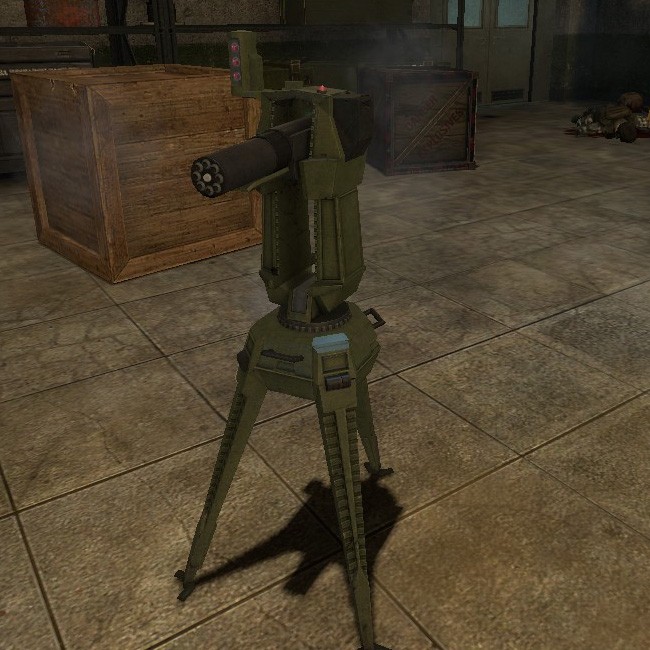


Autonomous weapons have been described as the third revolution in warfare, after gunpowder and nuclear arms. Concurrently, media stories highlight all types of views, including doomsday scenarios where super-smart killer robots wipe out the human race. Scientists from a wide range of disciplines are hotly debating the issue in articles, seminars, workshops and conferences.

In April 2013, activists gathered to call for a pre-emptive and comprehensive ban on fully autonomous weapons or, as they call them, ‘Killer Robots’. In the past years, a growing number of voices are calling for urgent discussion on weapon systems with increasing autonomy. 4 This trend in autonomy in weapon systems has not gone unnoticed.

Drones are not autonomous-they are remotely piloted aerial vehicles-but they can have autonomous capabilities, such as autonomous take-off and landing, navigation, fly, 3 or even mid-flight refueling, evasive maneuvers and target identification. Examples of such systems are the Israeli Guardium, a semi-autonomous unmanned ground system ‘designed to perform routine missions, such as programmed patrols along border routes, but also to autonomously react to unscheduled events, in line with a set of guidelines specifically programmed for the site characteristics and security doctrine’, 2 and Close-In Weapon Systems, such as the US Phalanx, or defensive ground systems, such as the surface-to-air missile battery Patriot, which can autonomously perform their own search, detect, evaluation, track, engage and kill assessment functions to defend ships or particular areas against fast moving and highly maneuverable threats. 1 By today’s standards, this type of weapon is considered very primitive, but, as technological developments continued, autonomous capabilities for military systems advanced and attained vital roles in modern military arsenals. The first rudimentary signs of military autonomy date back to the First World War, during which the so-called ‘Kettering Bug’ was developed-a tiny airplane that was guided by preset controls and had detachable wings that were released when over the target, allowing the fuselage to plunge to the ground as a bomb. Over the past decades, autonomy has been increasing in a wide range of military systems. Hence, this article functions as a map for understanding the debate on autonomous weapons–imperative for anyone who would decide to participate in it. The aim of this paper however is not to propose a definition that would solve linguistic disputes (if such a definition would even be viable) rather it takes a more external perspective with the purpose to illustrate how a common vocabulary can complicate the discourse on autonomous weapons when the terms involved are not commonly understood or lack consistent interpretations. At first glance, the definition and language seem quite clear nevertheless, upon further examination this definition reveals a number of complications. These terms are the basis of a widely used and broadly accepted definition describing autonomous weapons as weapons that are capable of selecting and attacking targets without human intervention. Particularly prominent terms are ‘autonomy’, ‘target selection and attack’ and ‘human intervention’. Although different terms are suggested to describe autonomous weapons, a number of terms stand out. What all of these actors have in common, however, is that they are all part of a discourse within which semantic disputes are prominent. As the issue of autonomous weapons is multifaceted and multidisciplinary, the community involved in the discourse is too. The discourse on these emerging technologies takes place at the political level under the auspices of the Convention on Certain Conventional Weapons (CCW) but the issue is also widely reflected upon in academic articles, conference papers, (governmental) reports and other papers.


 0 kommentar(er)
0 kommentar(er)
